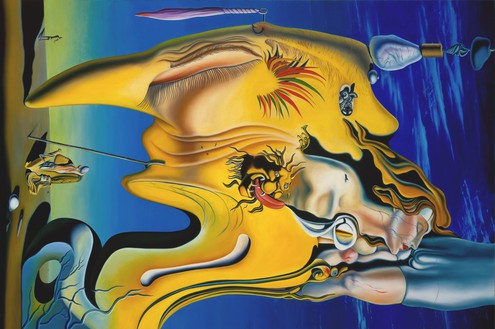


Too much knowledge when contemplating a work of art can prevent the viewer from seeing and experiencing the emotional content of it, but this is counterbalanced by the great stimulus it poses for the mind.

See /privacy for more information.British artist Glenn Brown (1966) himself acknowledges and admits the influence that French Post-Structuralist philosophy has had on both his thought and his works. Visit Glenn’s website .uk for more details. Glenn Brown: We’ll Keep On Dancing Till We Pay the Rent, Gagosian, West 24th Street, New York, 10 November-23 December Things: A History of Still Life Since Prehistoric Times, Musée du Louvre, Paris, 13 October-23 January 2023 Glenn Brown: The Real Thing, Landesmuseum and Sprengel Museum, Hannover, Germany, 23 February-24 June 2023 The Brown Collection, Brown’s museum of his own work, opens in Bentinck Mews, Marylebone, London, in October 2022. Plus, he gives intimate insight into his working life and answers our usual questions, including “What is art for?”. Eliot and Samuel Beckett, and how growing up during the Cold War influenced the music he listened to and the art he makes today. He discusses his early love of the art of horror and fantasy, his ongoing fascination with Salvador Dalí, his admiration for artists as diverse as Hendrick Goltzius and Maria Lassnig, the impact of Andrei Tarkovsky’s films, the writing of T.S. It leads to paintings, drawings and sculptures that are often grotesque and macabre but always strangely enticing and resonant.

Brown (born in Hexham, UK, in 1966) takes reproductions of other artists’ works-including those by Old Masters, the greats of Modern art and science-fiction illustrators-and transforms them by changing their colour, orientation and size. In this 50th episode of A brush with…, Ben Luke talks to Glenn Brown about his influences-from writers to film-makers, musicians and, of course, artists-and the cultural experiences that have shaped his life and work.


 0 kommentar(er)
0 kommentar(er)
